Interview: Maserati Head of Design Lorenzo Ramaciotti
The vision, inspiration and direction of the man heading design at the historic car company

How does Maserati translate Italian power, performance, luxury and sex appeal into sheet metal? We sat down with the man behind the mystique, Lorenzo Ramaciotti—Maserati’s head of design—to understand his inspirations, influences, and how he leads design for some of the most eye-catching automobiles on the road.
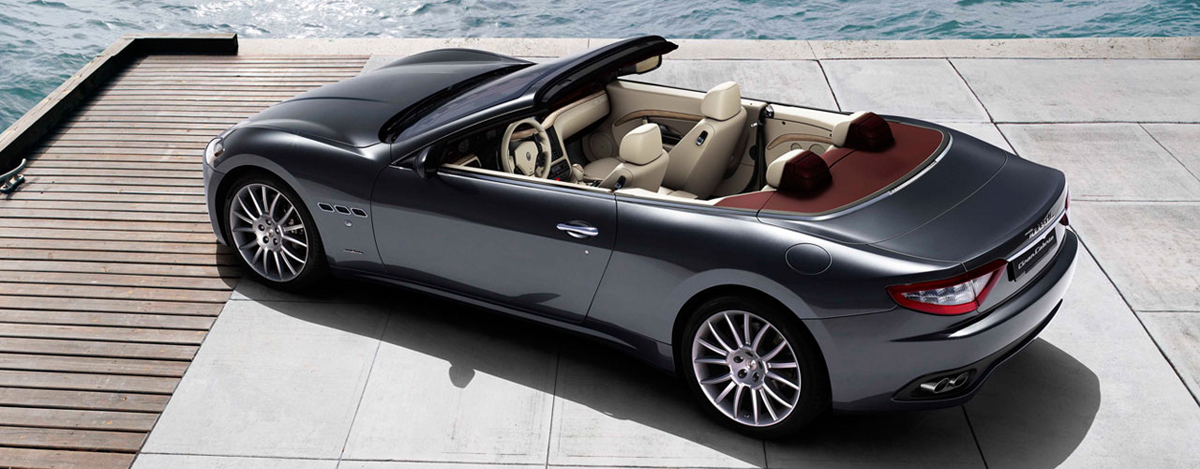
How do you look at every day objects—outside of the world of cars—and how do they inspire you?
Well, I think a designer lives in a world with a lot of input, leisurely and also tacitly. You receive many inputs and all these inputs build up into a system, a vision that you don’t even understand clearly what it is, but you live with this system of objects you think are bringing something to you. They are very smart or they have something that makes them a part of your personal culture. This forms your conceptual work and influence and makes a kind of universe of things that you’d like to embody in the design you’re making. This is my approach.
When I started to work back in the ‘70s I was very much interested in doing industrial design and furniture. At that time Italian design was very strong and there were a lot of very influential designers. They were shaping the meaning of Italian design in many areas—including car designers and coach builders who were shaping the meaning of Italian design in cars. And I thought it was very mind-opening to see what these designers were doing because it was a matter of language, atmosphere and culture.
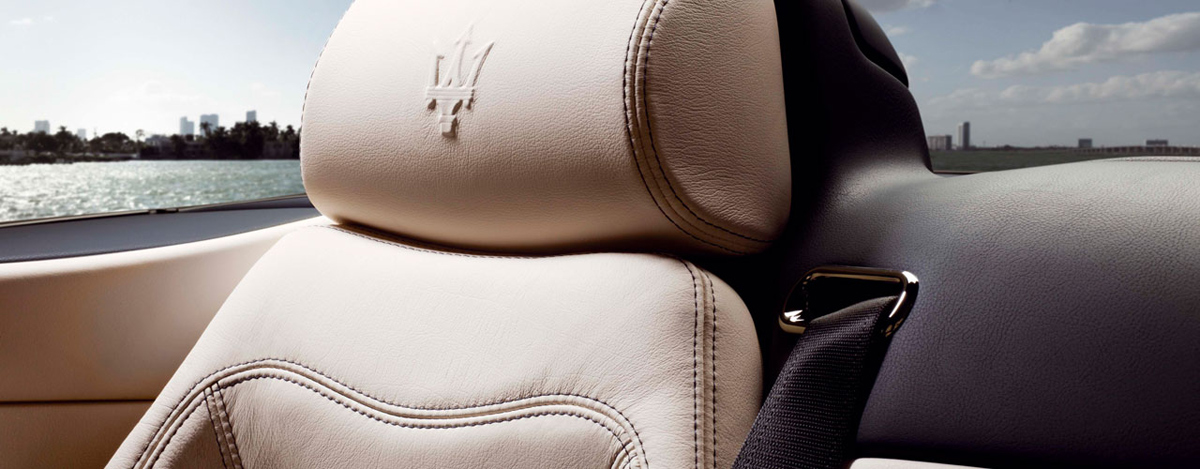
Is “Italian design” something that exists, or is it just “design”?
I think today it is more difficult to define because everything is so mixed up. The information is flowing very freely and immediately people are moving around much more than before, so there is much more transverse influence than before, but 20 years ago it was a much more separated approach and even more in the years before. I think that there was an Italian way to design like there was a German one or a French one.
There is not a written bible or recipe to do it, so it was something more in the air. There were flavors in the first part. But I still think that something remains today because with the cars we are doing, we’re trying to express the continuity of this way of looking at things and trying to express shapes that are simple, that are well proportioned, that [are] expressive without being overdone or flashy. The fact of being understated and very strong—that’s what we are trying to do.
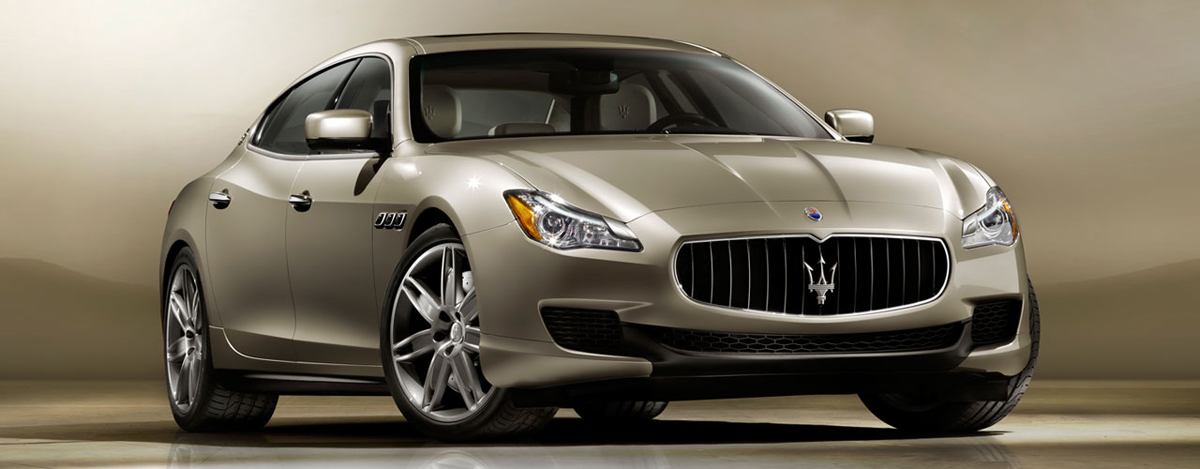
How do you build a design language for a global brand?
You cannot apply the same recipe everywhere without being sure what you’re doing. I mean it’s quite complex—I think you can be global. Sometimes you must be local. Some other time, for instance, there are brands that are very strong and that you are selling globally as a single brand—Maserati, Ferrari, Bentley—you don’t have a Bentley specifically for Japan or for China, but Bentley is Bentley and Rolls-Royce is Rolls, Lamborghini or Audi. There is not—I learned for years—there is not a recipe that you can apply successfully. Every time, you have to build up your specific recipe and ask yourself is this the right thing to do. And so for Maserati, I believe we’ve found the right recipe.
It’s a very good time at Maserati right now.
Yes, we are selling five times what we were selling two years ago. And this is many thanks to the broadening of the range because a lot of numbers have been brought by the Ghibli. But also the new Quattroporte is selling this year almost 10,000 cars. It’s also the fact that we have a much deeper range of cars.
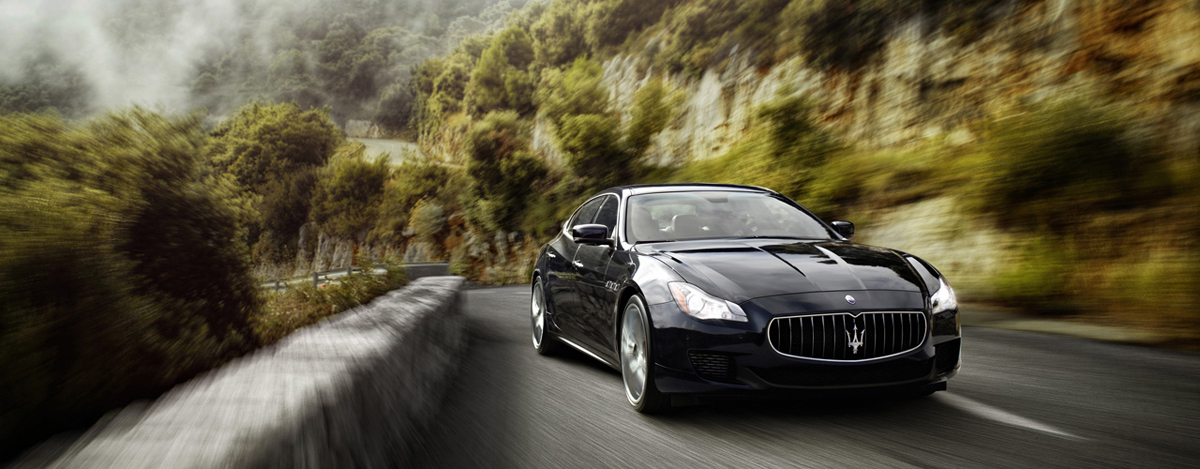
The Quattroporte was one car, one nameplate. Today, we have different models, different engines, different drivetrains; we have built a much more complete range of cars for what the customer wants today. And so putting together the heritage of the brand, design that is appreciated by the customer and a more tailored range of vehicles, I think you explain the success of the brand well.
When you think about design for Maserati, are you thinking about the customers, trying to understand what they want, and putting an idea forward or is it the opposite where you’re saying this is what Maserati believes in, this is what our voice is and we’re gonna put it out there and hope that people are interested?
Well, I think it’s both in the sense that we have to do something that is in the range the client could appreciate as a general concept of vehicle: a smaller car, a lesser price. But then when we go to the shape, I think it’s more to us.
And I think we must be careful on the mix of following what the customer needs and something the customer knows he wants—the cup holder in the car, for instance, just to tell you one [example] or a [feature like] adaptive cruise control. Something that the customer is not able to express and doesn’t know that he wants, is the shape of his next car. It is up to us to tell them this is the shape of your next car. They cannot design their car. And you cannot ask them to please design the car for us. So it’s a responsibility we have to take, as we do.
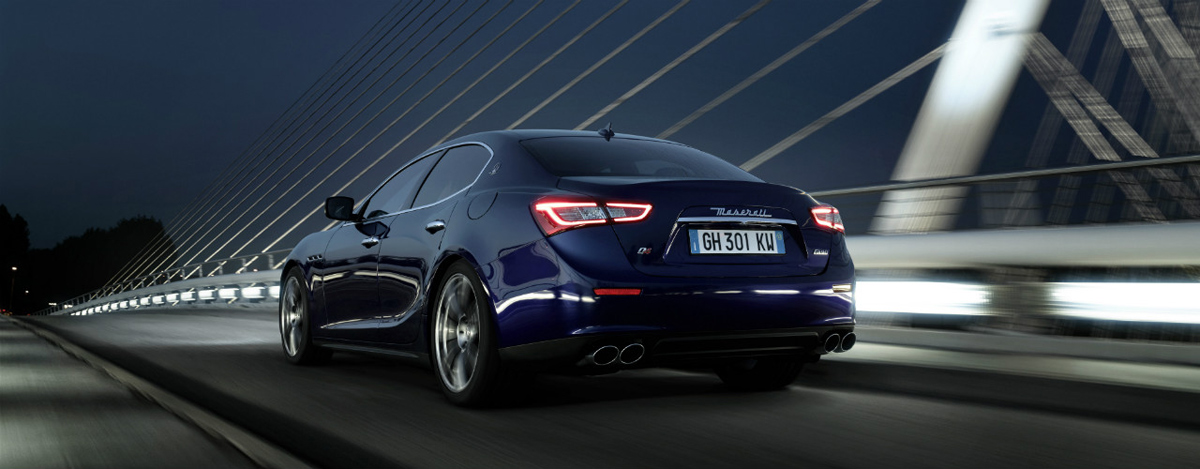
That’s kind of liberating as a designer, right?
A designer must design what they think is good and then is up to the management and the design director to address the result of the creative team towards the direction the customer may want. I think that if the designer, in the moment that he’s really designing the car, would take into account all the constraints, direction, limitation for the past…he would not be able to draw a line because he would be afraid. So I think it’s much easier to give a number of strong messages, a small number of small messages regarding strong constraint. And then start to work with what comes out, because the complexity of a car’s design is really huge.
You’ve been designing for several years. What are some of the new technologies that you have available to you now that have enabled you to create different types of designs or different kinds of lines or shapes that you’re really excited about?
I don’t think that the tool can boost the creativity. I think if you look back to the ‘60s, or ‘70s or even before to the ‘30s, there was a lot of creativity. There were fantastic shapes and fantastic cars around—done with just a pencil and a sheet of paper. Today, they give you much more power, the power of illustrating, the power of multiplying the proposal you can make. You can do it much more quickly. The system can digest and realize your thoughts much quicker, but when you have to do something, it is up to you and the way you express yourself more than anything else.
You’re using clay?
Yes, we are using clay and modeling tools, but with the high-speed milling machines and modification of the virtual surfaces, you can do it much quicker. You can iterate modifications much quicker, but still you have to see it.
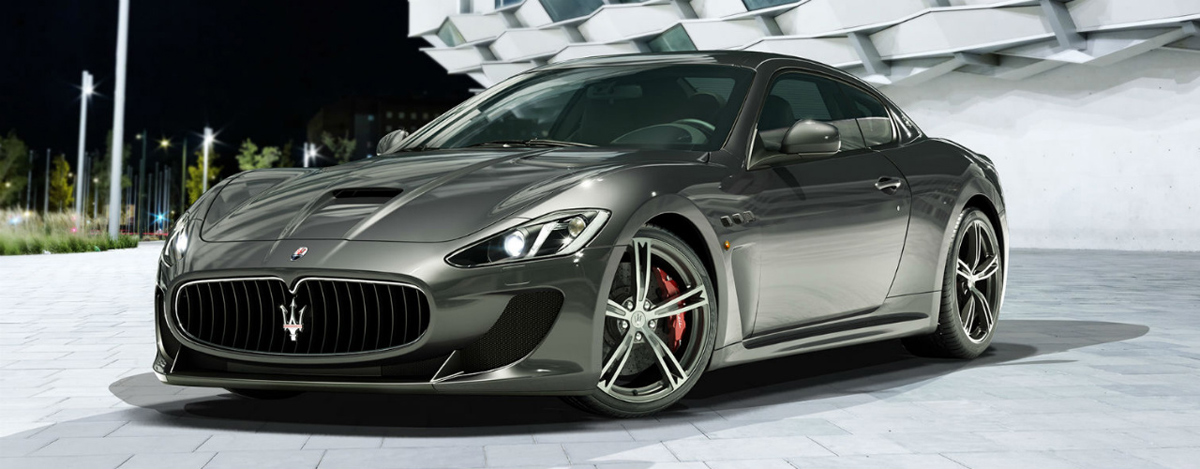
What are things that you can do at Maserati that you just couldn’t do at other brands? What’s unique to Maserati from a design expression do you think?
We had the chance to restart the brand 10 years ago, more or less. And we are building up with every model. This is a kind of journey into the future that we are visiting without fear. In the case of Maserati, it was the bet to rebuild the presence of the great Italian brand, not just with advertisements and I’d say marketing, but making the cars. And that’s what we have tried to do and indeed we have succeeded in doing.
As you look to the future, obviously you’re working on things five years and longer out and the product line is getting bigger. What are the things that you’re really excited about in expanding the brand?
Well, as a professional, I try to do all the cars I do the best I can—but I like to work on sports cars the most. What is very interesting for me is trying to keep the uniqueness of every brand we have because the group, the FCA group, has a number of brands and by chance, every brand has a clear character. If you take Jeep, it’s the American SUV and must stay as it is. We don’t have to dilute the language of a Jeep into something else. It works like this, just because it is like this. And the same is with Dodge—I think Dodge is the American muscle car like it was on the other side with Pontiac. But Dodge has to maintain this kind of approach. It will never become a European car. So we don’t have to mix up the brands and we have to preserve their uniqueness.
And the same is with Alfa, or Maserati—we have a very, very strong uniqueness that we have to keep and to develop even more. We will not have a Maserati that is squared off and blocky. It will have, always, a very flowing, simple and clean and more slimmed down design.
Lead image by Josh Rubin, other images courtesy of Maserati











